Testicular volume
Testicular volume is assessed using an orchidometer; a sequential series of beads ranging in size from 1 mL to 35 mL (see Image 1).
Conduct the examination in a warm environment, with the patient lying on their back.
-
Gently isolate the testis and distinguish it from the epididymis. Then stretch the scrotal skin, without compressing the testis
-
Use your orchidometer to make a manual side-by-side comparison between the testis and beads (see Image 2)
-
Identify the bead most similar in size to the testis, while making allowance not to include the scrotal skin
Normal testicular volume ranges

Clinical notes
-
Asymmetry between testes is common (e.g. 15 mL versus 20 mL) and usually not medically significant
-
Asymmetry is sometimes more marked following unilateral testicular damage or with large varicoceles
-
Testes are roughly proportional to body size
-
Low testicular volume suggests impaired spermatogenesis
-
Small testes (< 4 mL) from mid puberty are a consistent feature of Klinefelter syndrome
Examination of secondary sexual characteristics
Gynecomastia
-
Gynecomastia is the excessive and persistent development of benign glandular tissue evenly distributed in a sub-areolar position of one or both breasts (see Image 3)
-
Can cause soreness and considerable embarrassment
-
Common during puberty, usually resolves in later adolescence
-
Causes include increased estrogen, low testosterone, various medications, marijuana, androgen abuse and abnormal liver function
-
Distinguish glandular tissue from sub-areolar fat in obese subjects
-
Rare secondary causes include hypothalamic/pituitary and adrenal/testis tumours (oestrogen excess)
-
Rapidly developing gynecomastia may indicate a testicular tumour
-
In contrast to gynecomastia, breast cancer can be located anywhere within the breast tissue and feels firm or hard
Onset of puberty
-
Average onset is 12-13 years
Virilisation
-
Facial and body hair development
-
Muscle development
-
Penile growth
Penile Growth
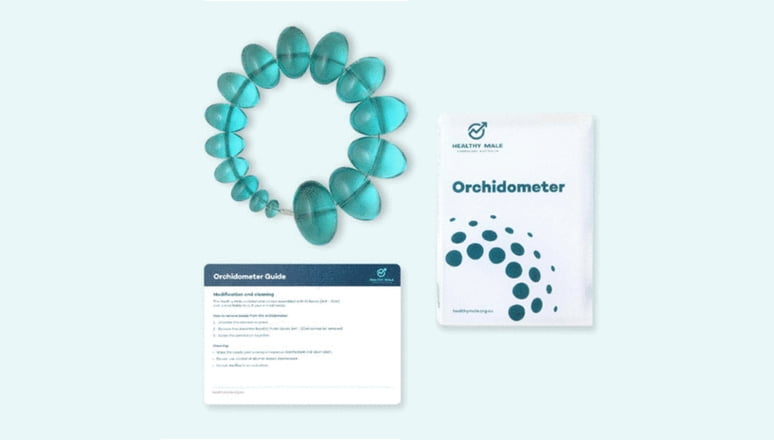
Image 1: Orchidometer
Why use an Orchidometer?
Testicular volume is important in the assessment of normal development and diagnosis of androgen deficiency, infertility and Klinefelter syndrome.
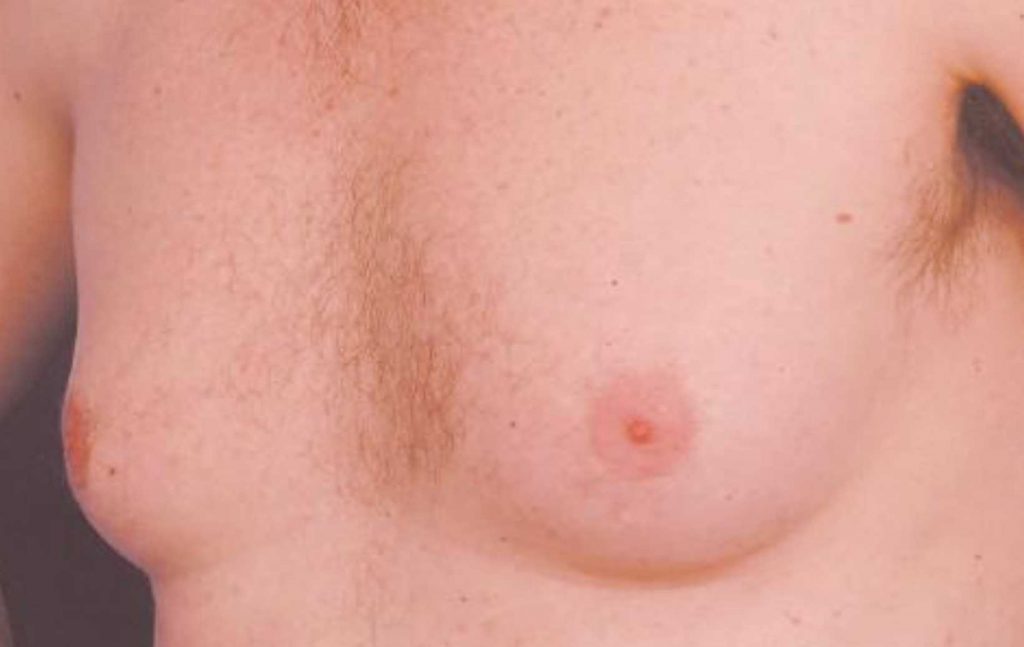
Image 2 – Gynecomastia
(Photo courtesy of Mr G Southwick, Melbourne Institute of Plastic Surgery)
Examination of testis and scrotal contents
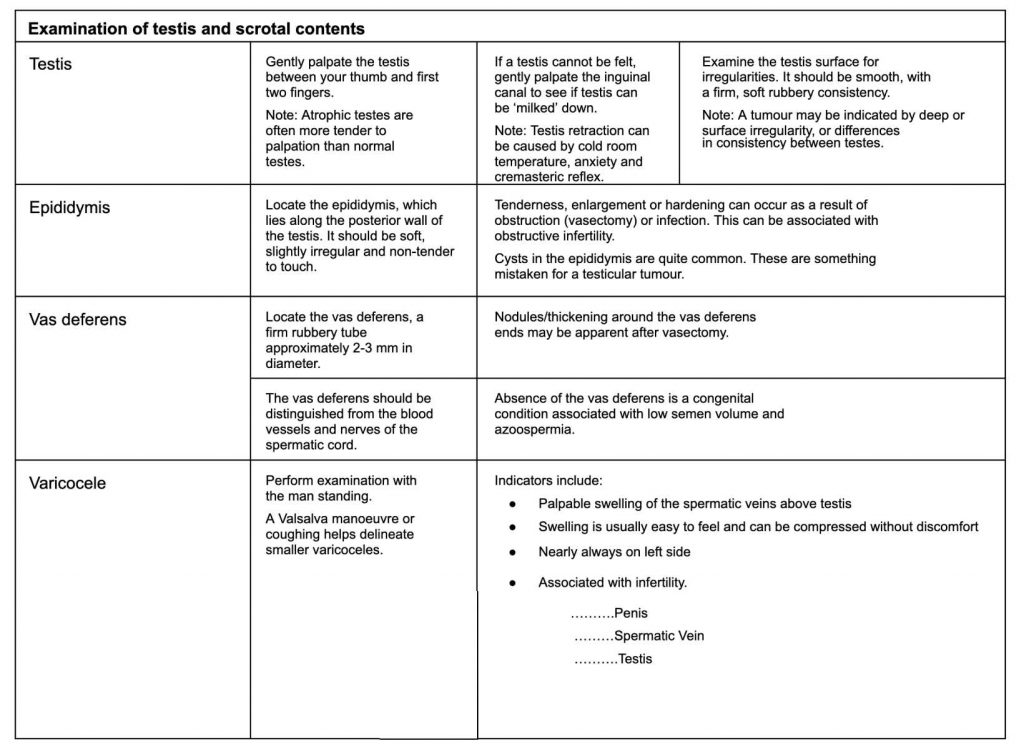
Examination of penile abnormalities

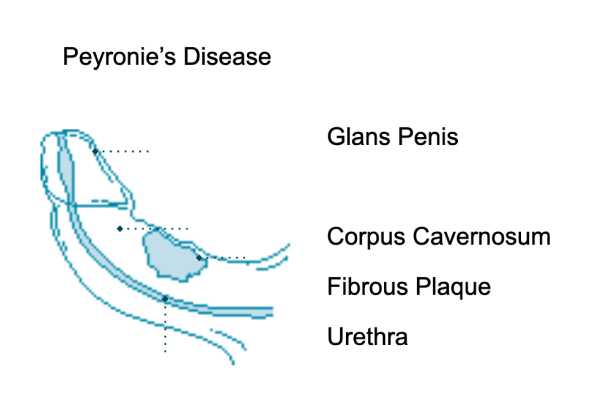
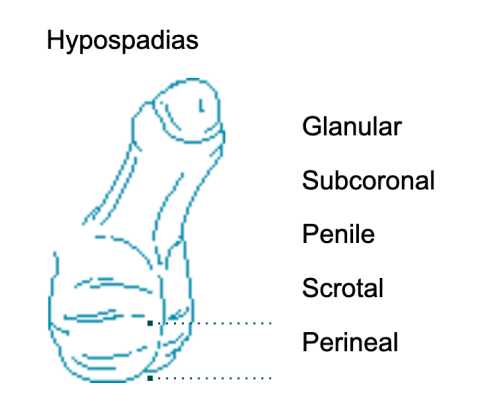
Clinical review
Clinical review by Dr Darren Katz, Men’s Health Melbourne









